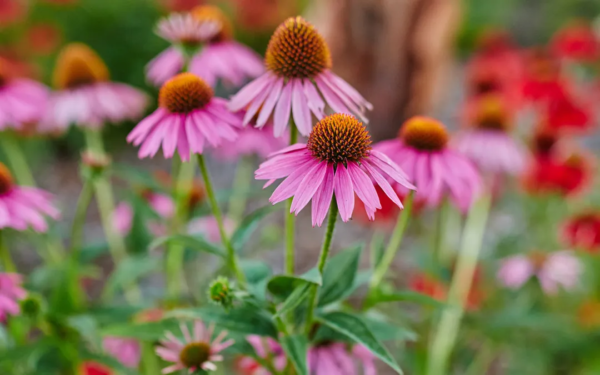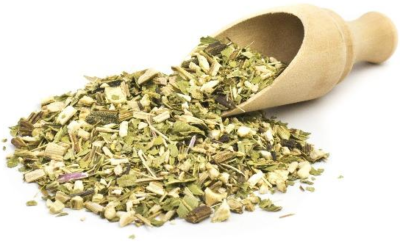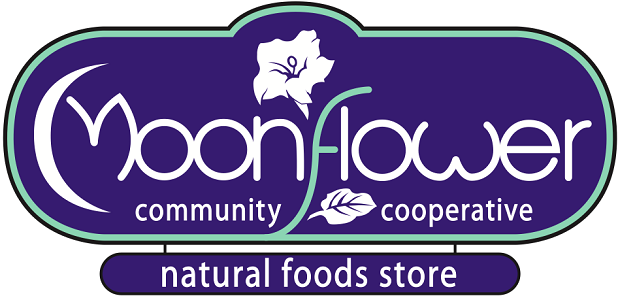
Happy New Year! Since we are in the thick of cold and flu season and Covid is on the rise again locally, this month our featured bulk herb is echinacea. This perennial member of the Asteraceae (sunflower) family is one of the world’s most popular and well-studied immune-supporting herbs.
Also known as purple coneflower due to its large seed cone and brilliant purple petals, nine species of Echinacea are native to the United States and southern Canada, with E. purpurea being the most commonly cultivated. Echinacea is derived from the Greek “echinos,” meaning hedgehog, which refers to the flower’s spiny seed head.
Echinacea has been used extensively by Native Americans and traditional herbalists for generations. It gained popularity in Europe in the 1900s, being used for a wide variety of ailments from swellings to distemper in horses. The herb was administered topically, as a fresh juice, herbal smudge or smoke, and often either the leaf or root was simply chewed on.
E. angustifolia was the species that most traditional herbalists and Native Americans used, but E. purpurea gained popularity in Germany (and then the rest of Europe and the United States) after a Swiss naturopathic doctor brought seeds of the latter to a German doctor to study, believing they were the former, in the 1950s. Thus, E. purpurea has been the more studied of the species, though E. angustifolia has had more use historically.
Echinacea contains complex substances called “phenolic compounds,” which studies suggest are responsible for its immune boosting abilities. They are thought to stimulate cells whose primary function is to fight invading particles and organisms. Echinacea has also exhibited antimicrobial properties and may reduce one’s chances of catching the common cold.
Echinacea is also known for containing antioxidants and for reducing inflammation. It contains compounds that are known to inhibit the production of a key enzyme in the metabolism of arachidonic acid, which is involved in the inflammatory cascade. It also stimulates the body to produce hyaluronic acid (the glue that holds the cells together), which the body needs to repair joints and soft tissue that are damaged by inflammation. Hyaluronic acid is a major component in cartilage and synovial fluid, so echinacea can also be helpful for cartilage, ligament, or joint injury or arthritis as well.

Find dried E. purpurea leaf and dried E. angustifolia root in our bulk herbs department. The dried leaf can be combined into various herbal infusion blends, steeped as tea, macerated in oils for topical applications, and tinctured. The dried root can be decocted as tea, added to herbal formulations, tinctured, or incorporated into skin care recipes.
To make a tea with the dried leaf: Add 1-2 teaspoon dried herb per cup hot water. Drink up to 3 times per day, or as recommended by a herbal practitioner.
To make a tea with the dried root: Add ¾ teaspoon dried root to a cup of boiling water. Steep for 5 minutes, strain, and enjoy hot or cold daily.
